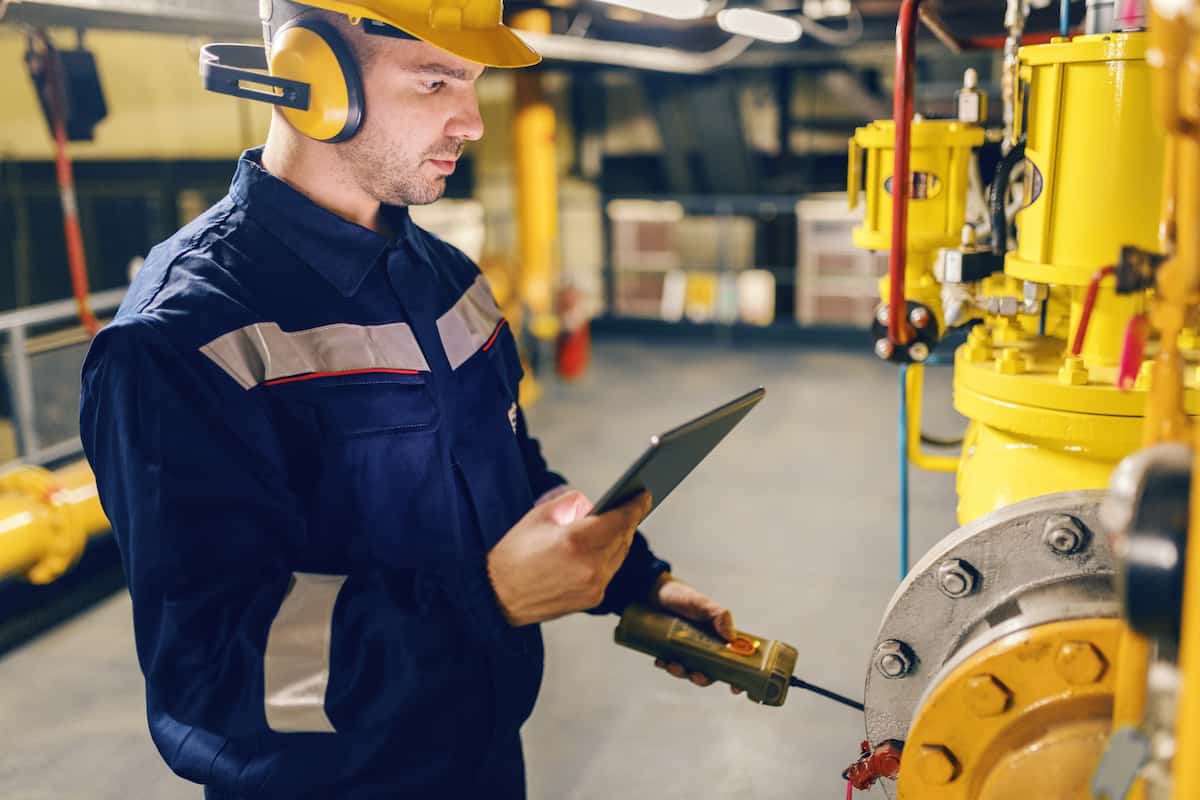The phrase ‘prevention is better than cure’ is highly applicable in answering this question. Regularly servicing and carrying out maintenance on your hydraulic equipment will help to ensure that a minor issue does not turn into a bigger fault, as a fault can often quickly escalate into an extremely costly breakdown.
A consistent schedule of maintenance cleaning and inspection of your equipment is essential, due to several factors. If you need help with plant maintenance or are looking for high quality and competitively priced hydraulic repairs contact cjplantmaintenance.com today.
Safety

The first factor and the most important is the safety of your employees. The Provision and Use of Work Equipment Regulations 1998 (PUWER), states that equipment needs to be ‘safe for use, maintained in a safe condition and inspected to ensure it is correctly installed and does not subsequently deteriorate’. Any employer that has equipment on-site has a duty to make sure it is checked regularly to determine that it is safe to use.
If pressurized hydraulic fluid suddenly escapes it has the potential to “reach an explosive velocity”, which obviously could cause serious harm to anyone in the vicinity. It should also be noted that hydraulic parts are heavy and often sharp, and that any unexpected movement caused by a fault could severely injure working engineers or anyone passing by. Keeping your equipment well maintained will ensure the safety of everyone who interacts with the equipment.
Cost

A lot of faults in hydraulic equipment are the result of particles of dirt. These types of faults can rapidly turn into a need for very expensive repairs, but it doesn’t have to get this far. Big expenses can be easily avoided by keeping all of your equipment clean and making sure the right protocol is followed when replacing parts so that dirt doesn’t find its way into the system.
There are multiple parts of a hydraulic system which might eventually need to be replaced due to general wear and tear. Replacing them before they fully break down is normally fairly inexpensive. If you wait until they break entirely, possibly damaging other parts as well, this can be a very expensive mistake.
Oil is one element in particular of a hydraulic system that can be expensive to change, but fairly cheap to maintain. Even worse than the cost of changing oil is the cost of running dirty oil through your system that can cause irreparable damage to other functioning parts. Maintaining the oil so it is kept in good condition can extend the life of filters, pumps, cylinders, and valves, so these won’t need replacing as often.
Minimizing downtime
Checking and cleaning hydraulic equipment can take only a few minutes. Replacing a worn-out part on the other hand, could take a few hours and fixing a major breakdown could take days or even weeks. During this time your business will be losing large amounts of productivity, risking additional costs in loss of earnings, and possibly missing operations deadlines.
Tips for maintaining your hydraulic equipment

You know that hydraulic equipment is essential to keeping your equipment running efficiently and reducing downtime, but it’s not always easy to keep up with maintenance. With so many different types of systems, fluids and moving parts, keeping tabs on everything can feel like an impossible task.
To make things easier for you, we’ve compiled a list of simple maintenance tips to keep your hydraulic system running smoothly. Even if you work in a small operation without much red tape or standard operating procedures, these tips should help cut down on unnecessary complications. Keeping all of this in mind will help you avoid the common pitfalls and save time (and money) investing in repairs later on.
Check Fluid Levels Regularly
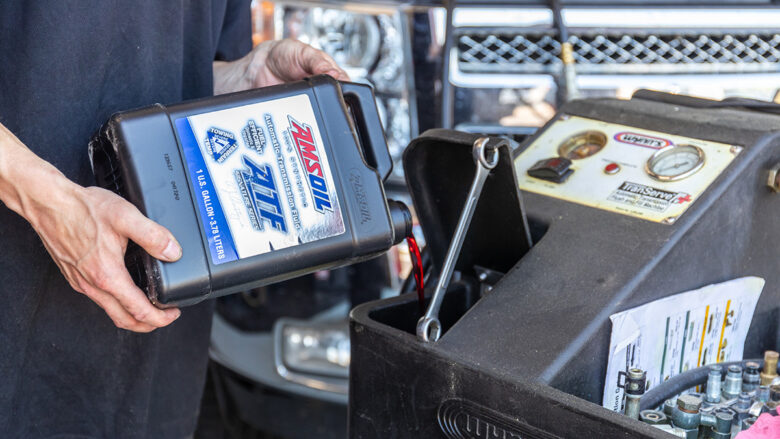
Remember: the best way to keep your hydraulic system in good condition is to keep tabs on its fluids. If you notice any leaks or increasing levels of contamination in the system, there’s a good chance the hydraulic fluid has broken down and is no longer doing its job efficiently. Hydraulic systems use a variety of different fluids for different purposes, so it’s important to keep an eye on them all.
- Hydraulic fluid – This is used to transfer energy between the hydraulic pump and hydraulic motors/cylinders.
- Hydraulic oil – This is used to lubricate the hydraulic system and protect the hydraulic fluid.
- Hydraulic system oil – This is a synthetic oil designed to replace the hydraulic fluid in a system that uses both hydraulic fluid and oil.
- Hydraulic fluid retainer – This is a synthetic oil designed to replace the hydrocarbon content in a hydraulic system that uses both hydraulic fluid and oil retainer.
Inspect Hoses and Tubing
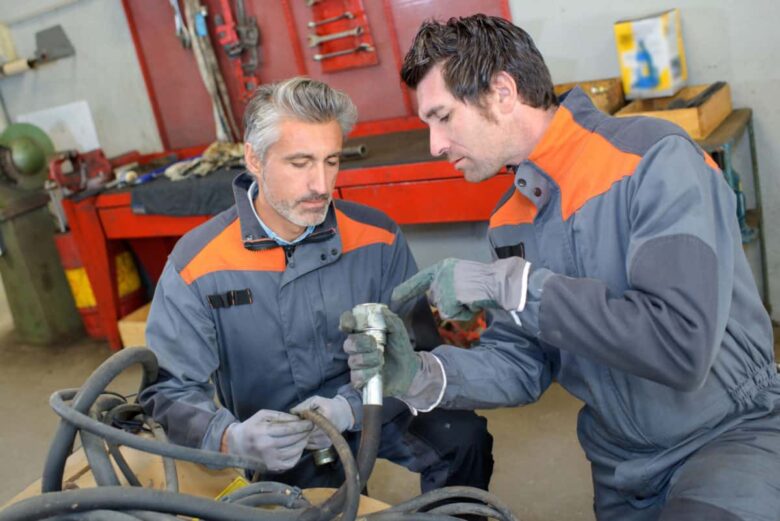
You can’t ignore your hydraulic hoses. They’re the part of the system that transmits the pressure and power from the pump to the motors/cylinders. If there is a tear or hole in the hose, the flow of power will be impeded and your equipment won’t work as efficiently as it should. Hoses are also a safety hazard. If a hose is torn or has a hole in it, hydraulic fluid can seep out and cover nearby surfaces—including the person operating the equipment.
If the fluid is hot enough, it can cause serious burns. Hydraulic tubing is the other component in your hydraulic system that you should inspect regularly. It’s used to provide a return flow of hydraulic fluid back to the system. If there is a hole in the tubing, there will be a reduction in the amount of fluid that returns to the tank.
Rotate Equipment To Maintain Balance
Hydraulic systems rely on a variety of different motors and cylinders that are powered by hydraulic pressure. When you’re designing your system and choosing which components to use, remember to keep the system balanced. If one side of your system has more cylinders than the other, the system is out of balance.
An out-of-balance system will put extra strain on the components and reduce the lifespan of your equipment. Remember, hydraulic systems should have an even amount of equipment on each side of the system.
That includes pumps, motors/cylinders and all of the valves included. If you’re adding a new component to the system or replacing an old one, you should take the time to make sure the new piece is placed in the correct spot.
Make Repairs Immediately
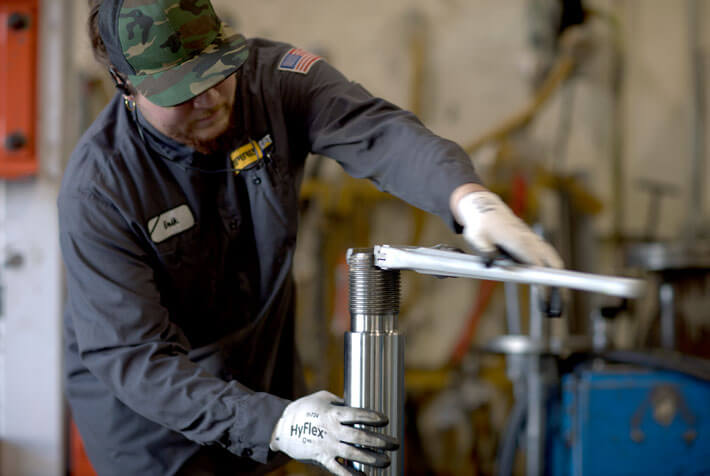
This might seem obvious, but you should always make repairs as soon as you notice a problem. It might feel like you’re saving money by putting off repairs, but you’re really just costing yourself more money in the long run.
If you ignore a problem and the device fails completely, you’ll have to invest more time and effort to get it up and running again. If you pay for the repairs before they become a serious problem, you’ll be able to get back to work more quickly.
Check and Maintain Valves and Filters
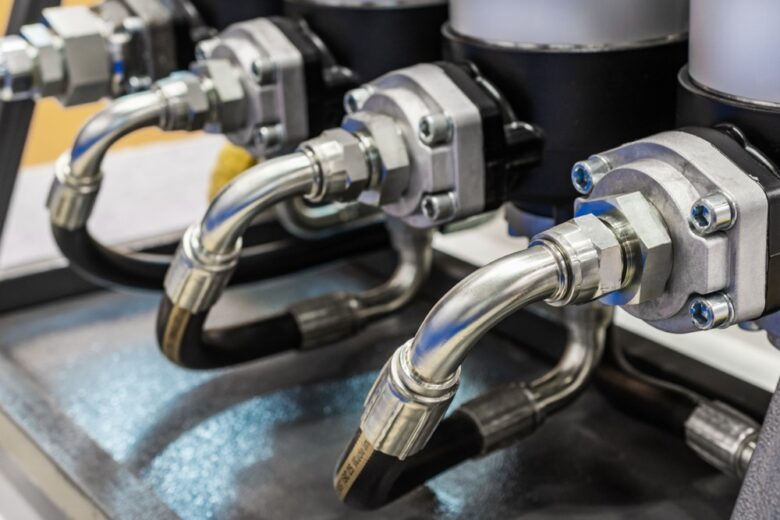
Hydraulic valves are used to regulate the flow of hydraulic fluid throughout the system. If there is a problem with the valve, it can cause a backflow of fluid or create an impeded flow.
Filters are designed to catch contaminants and prevent them from getting into your hydraulic system. If you notice that your filters are getting clogged up or that you need to replace them, take the time to do it right away.
Summing up
Hydraulic systems are complex (and expensive) pieces of equipment that are essential to keeping your equipment running smoothly. To make sure they last a long time and don’t break down, you need to take care of them.


